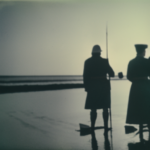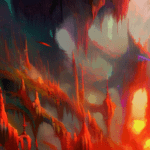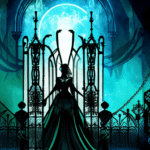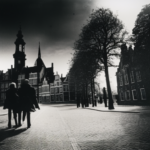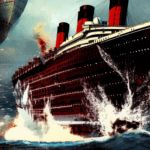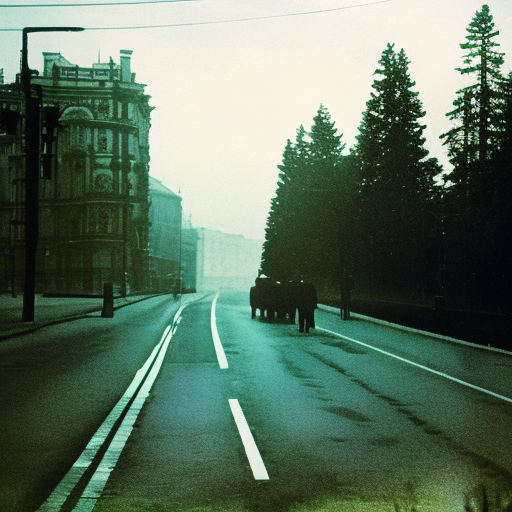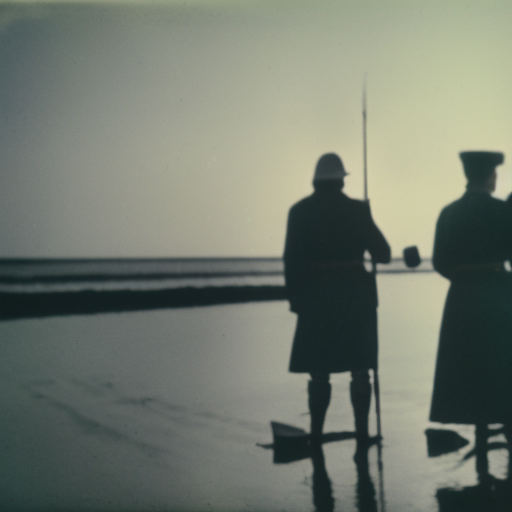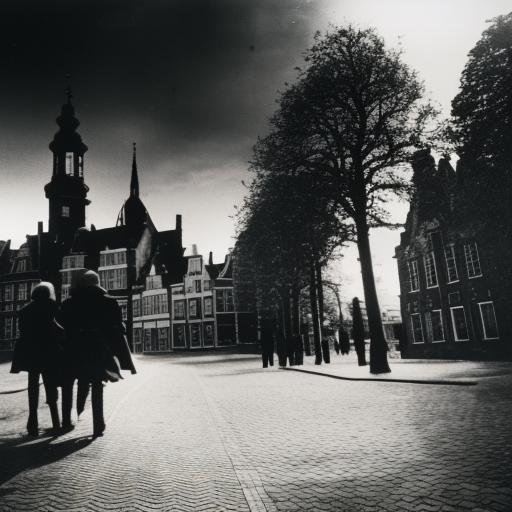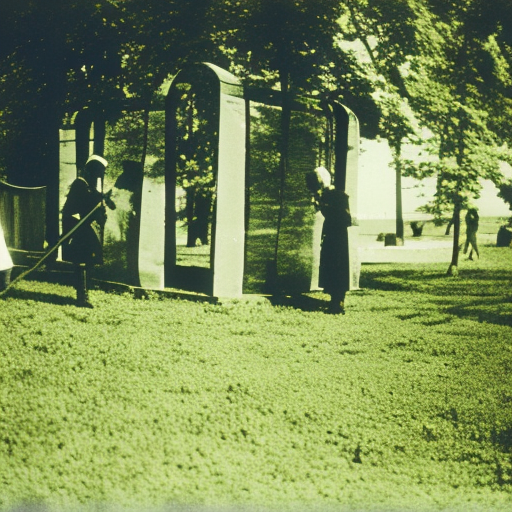The Time of Troubles in Russia
The Time of Troubles in Russia was a period of political and social upheaval that lasted from 1598 to 1613. It was characterized by a series of crises, including the death of Tsar Feodor I without a clear heir, foreign invasions, and internal conflicts. This turbulent time had a profound impact on Russia’s political landscape and ultimately led to the establishment of the Romanov dynasty.
Death of Tsar Feodor I
The Time of Troubles began with the death of Tsar Feodor I in 1598. Feodor, the last ruler of the Rurik dynasty, died without leaving a direct heir. This created a power vacuum and sparked a succession crisis, as various factions within the Russian elite vied for control of the throne.
Foreign Invasions
The death of Tsar Feodor I coincided with a period of intense external pressure on Russia. The Polish-Lithuanian Commonwealth and Sweden saw an opportunity to expand their influence and launched invasions into Russian territory. The Polish-Lithuanian forces, led by False Dmitry I, managed to capture Moscow in 1605 and install Dmitry as a puppet tsar. However, their rule was short-lived, as Dmitry was assassinated in 1606.
Internal Conflicts
The Time of Troubles was also marked by internal conflicts within Russia. The Russian elite, known as the boyars, were divided into different factions, each supporting a different candidate for the throne. This led to a series of power struggles and civil wars, further destabilizing the country.
False Dmitry II
After the death of False Dmitry I, another pretender to the throne emerged. False Dmitry II claimed to be the rightful heir and gained support from various factions within Russia. With the help of Polish forces, he managed to capture Moscow in 1608. However, his rule was met with resistance from those who doubted his legitimacy.
Popular Uprising
The hardships faced by the Russian population during the Time of Troubles led to widespread discontent and a popular uprising. The peasants and townspeople, known as the “salt rioters,” rebelled against the oppressive rule of the Polish occupiers. This uprising, along with the resistance from Russian nobles, weakened the Polish hold on Moscow.
Establishment of the Romanov Dynasty
Amidst the chaos, a national assembly known as the Zemsky Sobor was convened in 1613 to choose a new tsar. After much deliberation, the assembly elected Michael Romanov as the new ruler of Russia. This marked the beginning of the Romanov dynasty, which would go on to rule Russia for the next three centuries.
Legacy
The Time of Troubles had a lasting impact on Russia. It exposed the weaknesses of the Russian state and highlighted the need for strong central authority. The events of this period also led to a renewed sense of national identity and a desire for stability among the Russian people. The establishment of the Romanov dynasty brought a measure of stability to the country and set the stage for Russia’s future as a major European power.
In conclusion, the Time of Troubles in Russia was a period of political and social upheaval characterized by the death of Tsar Feodor I, foreign invasions, and internal conflicts. It ultimately led to the establishment of the Romanov dynasty and had a lasting impact on Russia’s political landscape.
